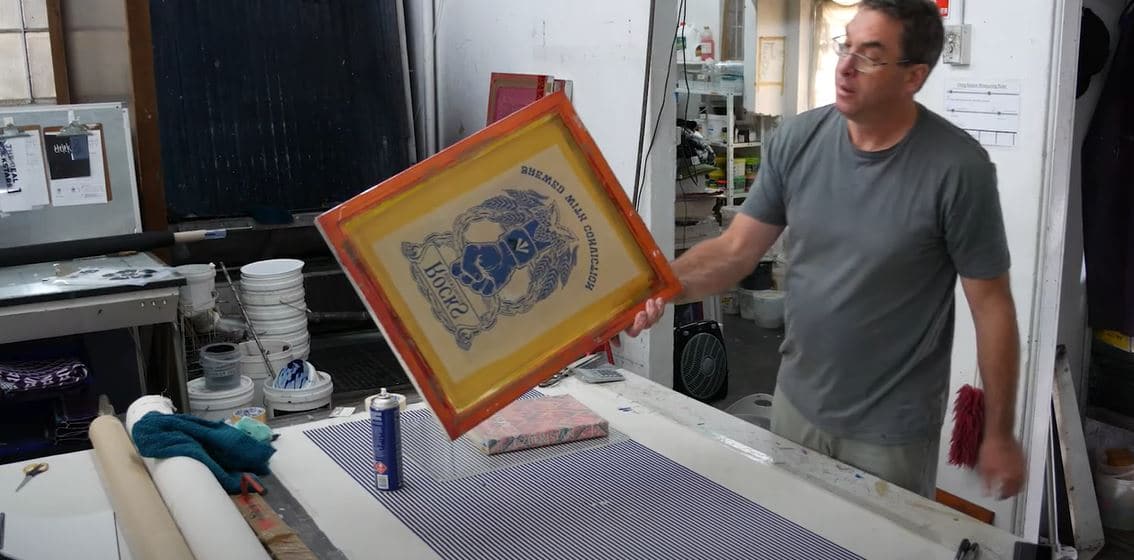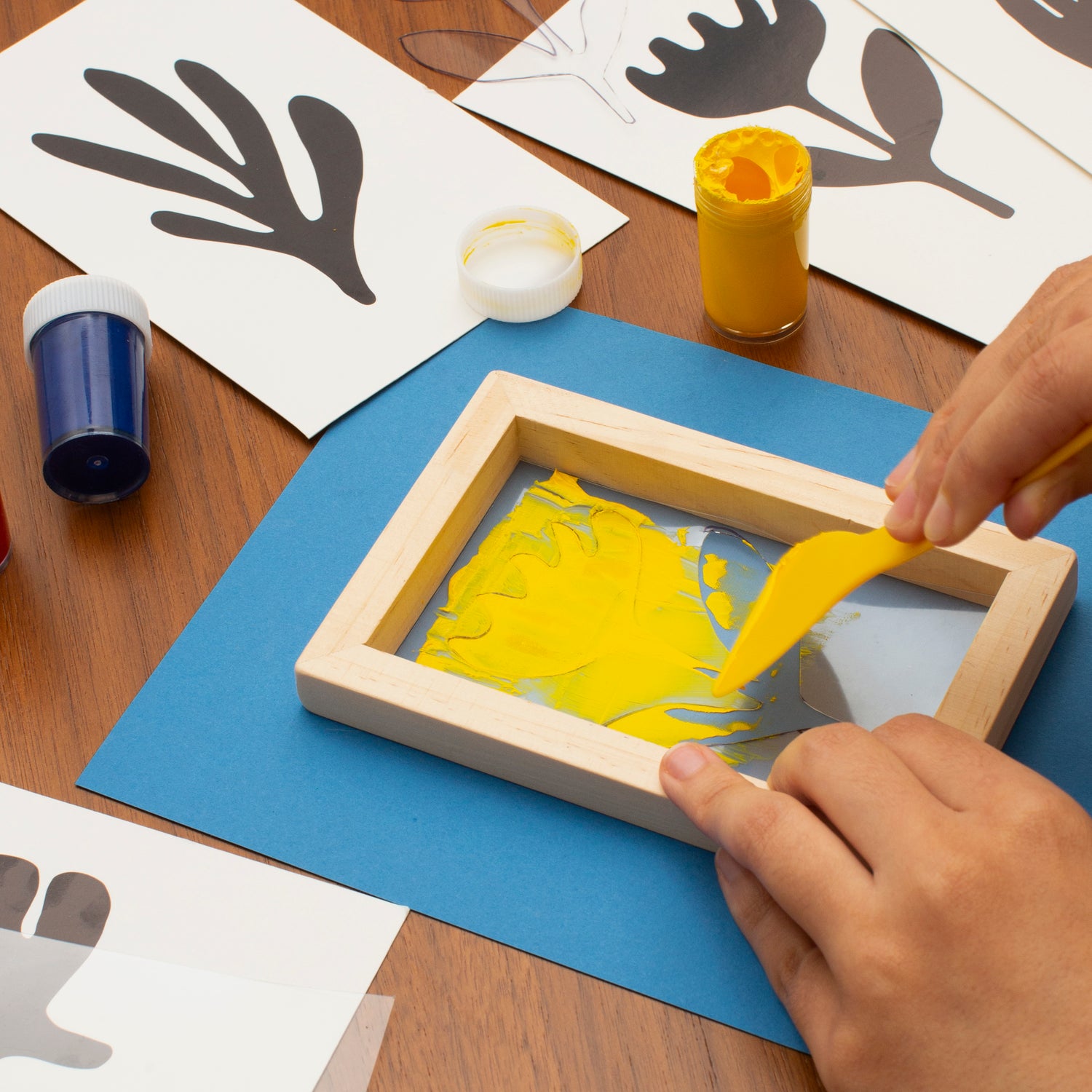The Crucial Overview to Recognizing Screen Printing and Its Versatile Makes use of
Screen printing has an abundant background that goes back to old times, progressing right into an advanced technique utilized throughout different sectors today. This guide discovers the ins and outs of the screen printing process, describing its applications in advertising, style, and home style - 10:9 Design Texas. Recognizing these principles can open innovative possibility for both commercial and creative projects. The complying with sections will certainly expose crucial ideas and methods to enhance one's screen printing endeavors
The History of Screen Printing
Screen printing has roots that map back centuries, its evolution reflects the imaginative and technological advancements of numerous cultures. Originating in old China, the strategy was initially used for decorating fabrics and later spread to Japan, where it ended up being integral to Ukiyo-e woodblock printing. The method shifted to Europe in the 18th century, where it obtained appeal among craftsmens and business printers. The invention of picture emulsion in the 20th century revolutionized screen printing, permitting even more intricate styles and higher performance. Musicians like Andy Warhol further moved its popularity, using the medium to develop legendary jobs that blended commercialism and art. By the late 20th century, screen printing had developed itself as a functional method, employed in fashion, marketing, and art. Today, it remains to develop, integrating digital innovation and increasing its applications throughout numerous sectors.
The Screen Printing Process Explained
Screen printing changes artistic visions into tangible designs via a collection of specific steps. A photo is produced and after that transferred onto a screen, commonly made of fine mesh material stretched over a structure. A light-sensitive solution is related to the screen, which is exposed to light, hardening in areas not covered by the photo. After cleaning out the unhardened solution, a stencil is created.
Next off, the screen is put over the substrate, whether it be textile, paper, or one more material. Ink is after that pressed via the open locations of the stencil using a squeegee, transferring the layout onto the substratum listed below. This procedure can be duplicated for several colors, calling for different screens for each and every tone. The published product is cured making use of warm to assure the ink adheres properly, resulting in a durable, vivid style ready for use.
Sorts Of Screen Printing Techniques

Additionally, specialized methods, such as discharge screen printing, eliminate color from the fabric to create softer prints, while foil screen printing uses metal aluminum foil to achieve a glossy finish (10:9 Design contact). Each technique supplies distinctive qualities, accommodating numerous imaginative requirements and production ranges, eventually expanding the opportunities within the screen printing domain name
Applications of Screen Printing in Various Industries

Furthermore, the signage and advertising and marketing sectors make use of screen printing for producing attractive display navigate to these guys screens and banners. This technique permits strong shades and intricate styles that record attention. In electronic devices, screen printing is employed for applying conductive inks to circuit boards, essential for part links. The home decoration industry embraces screen printing to generate distinct designs on textiles and wall art. Generally, screen printing works as a vital device across diverse fields, boosting items with personalized and visually attractive graphics.
Tips for Effective Screen Printing Projects
While embarking on a screen printing job, mindful focus to information can significantly boost the last outcome. Selecting top notch materials is important; this includes the screen, inks, and substratums. Utilizing proper mesh matters can influence ink deposition and detail resolution. Preparation is similarly crucial; detailed cleansing of screens and proper direct exposure times assure crisp prints.
Next, accurate registration is crucial for multi-color prints. Using positioning tools can help accomplish exact layering. Furthermore, screening prints on scrap materials before production assists recognize potential concerns without throwing away sources.

Regularly Asked Questions
What Products Are Best for Screen Printing on Textile?
Cotton and polyester blends are excellent for screen printing on textile as a result of their resilience and ink absorption. Additionally, specialty textiles like silk or canvas can generate one-of-a-kind appearances and coatings, boosting the total layout top quality.
Just how Do I Tidy and Maintain Screen Printing Tools?
To preserve and clean up screen printing devices, one ought to on a regular basis clean screens with appropriate solvents, evaluate mops for wear, lube relocating parts, and store all things in a dry, dust-free atmosphere to lengthen their life expectancy.
What Are the Environmental Impacts of Screen Printing?
Screen printing can have significant ecological effects, including chemical waste from inks and solvents, water usage throughout cleansing processes, and energy usage. Environment-friendly materials and lasting practices are vital for reducing these unfavorable results.
Can Screen Printing Be Done in your home Efficiently?
Screen printing can be effectively done at home with Going Here the appropriate materials and strategies. Hobbyists can create quality prints, though success relies on their skill degree, equipment, and understanding of the procedure involved.
What Are the Prices Connected With Beginning a Screen Printing Organization?

Starting a screen printing company includes costs for tools, materials, and work area. Preliminary costs generally range from a few hundred to a number of thousand dollars, depending upon the range, top quality of machinery, and desired production capability.
Screen printing has an abundant history that dates back to ancient times, progressing right into an innovative technique used across different markets today. One more technique, rotary screen printing, utilizes cylindrical displays, helping with constant printing on material rolls, therefore boosting efficiency for massive productions. In addition, specialized strategies, such as discharge screen printing, get rid of dye from the material to develop softer prints, while aluminum foil screen printing uses metallic foil to attain a glossy surface. In the style industry, screen printing is commonly utilized to Full Report produce dynamic designs on apparel, making it possible for brand names to display their one-of-a-kind designs. Cotton and polyester blends are ideal for screen printing on textile due to their durability and ink absorption.